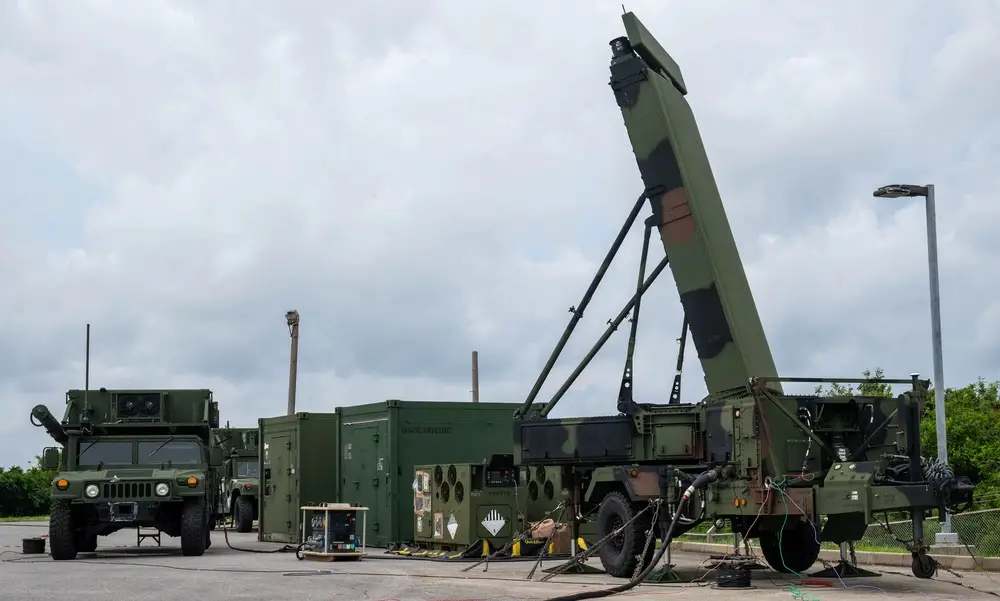The teams used the Marine Ground/Air Task Oriented Radar, or G/ATOR, which helps provide enhanced tactical situational awareness. The AN/TPS-80 G/ATOR is built to meet the evolving needs of the services and is ideal for INDOPACOM forces to provide enhanced sensing and targeting capabilities to the joint force. The current Air Force Control & Reporting Center (CRC) is designed for persistent operations for weeks or months in the same location. The CRC deploys with multiple shelters, tactical vehicles, and supplies built to accommodate communications and data collection platforms to guide tactical units within an area of operations. Now, TOC-L provides users with a smaller, more efficient way to deploy the same capability and distribute that capability across an area of operations. This is something the U.S. Air Force members from Kadena experienced firsthand.
“This is the first time we’ve been able to hook up our TOC-L to the MACS-4 TPS 80 radar, which is a big deal because it extends our capabilities and the Marine’s capabilities on command and control for all of Okinawa. We can deploy together and extend our capabilities for all of Japan – extending to Korea and Guam, and all of the other remote locations,” said U.S. Air Force Cap. Grey Hodson, 623rd ACS deputy chief of weapons and tactics.
“The training allowed operators to move freely, maintaining communications and situational awareness of the instruments,” said U.S. Air Force 2nd Lt. Jack Langlais, 623rd ACS officer in charge of command and control systems management.

“Having a tactical radar for our engineering team allows us to develop expert knowledge of the radar’s functionality and capability. The G/ATOR team was able to field test, collect data in collaboration with the Air Force across the Pacific and verify theories to improve the radar’s performance and support the warfighter. The AN/TPS-80 G/ATOR provides us with a much more expeditionary asset, bringing setup and teardown to less than 30 minutes. The setup requires a crew of four Marines to accomplish while the older model required a crew of 10 and over 8 hours to set up,” said U.S. Marine Corps Sgt. Tae Burgess, MACS-4 aviation radar technician.
TOC-L comes with an entirely new suite of antennas and communications equipment, including an integrated satellite system, which enables battle managers to conduct short-to-medium-range radar surveillance, air defense, and air traffic control missions. Marine Air-Ground Task Force commanders use the G/ATOR as a single-source solution with multiple roles to meet ground weapons radar location requirements. The AN/TPS-80 G/ATOR’s primary function is air surveillance, allowing commanders enhanced capabilities to detect and track adversary aircraft, cruise missiles, unmanned aerial vehicles, rockets, mortars, artillery, etc. The AN/TPS-80 G/ATOR has been used in bilateral training operations throughout the U.S. Indo-Pacific Command including Australia, Thailand, South Korea, Tinian and Guam.
















